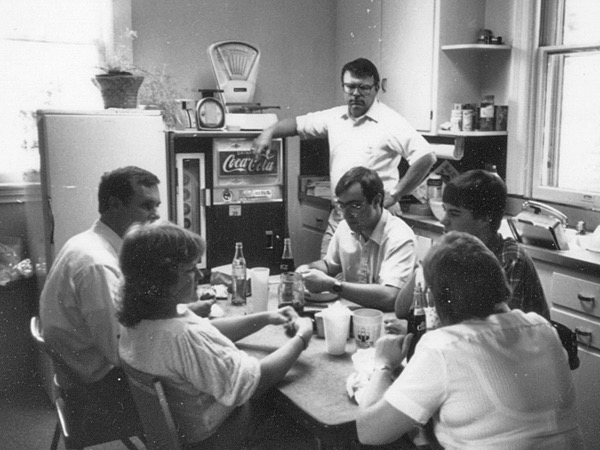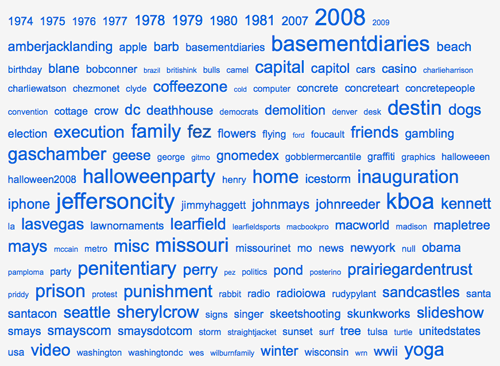Open call with PMS Casting of Pella will be noon to 5 p.m. at production office 805 Second Street, Coralville (the old Scandinavian Design building across from Dairy Queen.)
Principal photography begins Sept. 30 and will run for five weeks in Johnson and Iowa counties. Compensation for speaking parts is equivalent to SAG low-budget scale of $268/day.
Non-agented actors can email a small photo in jpeg format to pmsfilmcasting@aol.com with resume and contact information.
This is Storybench’s third feature, following “The Offering” and “Splatter.” “Collapse” was written by Ottumwa’s Mike Saunders and will be directed by Saunders and fellow Ottumwan Jason Bolinger. Producing is Bruce Heppner-Elgin of Washington.
Characters being cast include:
ROBERT MORGAN – in his 40’s. A care-worn farmer doing his best to take care of his family. Teetering on the edge of losing his farm and dealing with a sick wife, his world is spinning out of control. When the zombies begin to attack the farm, he deals with them brutally and efficiently.
MOLLY MORGAN – Robert’s much-loved wife suffers from spells of pain and exhaustion. She is a loving, dutiful wife and mother but the stress is becoming too much for her.
WILL MORGAN – 13-14 years old and doesn’t quite fit in at school. A quiet child who feels a great deal of responsibility toward his family. Tired from the burden of helping his father and Hank with the farm chores and distracted by his parent’s absence in the stands, he loses his track event.
HANK – Mid-late 20’s, Hank has worked for the Morgans for about 10 years and is more like family than a farm hand. He is a surrogate big brother to Will. Tough and loyal, he is forced to give notice because he has his own bills to pay.
COACH BELL – Female, athletic and fit in her 40’s-50’s, she recognizes that Will is a kid in trouble and needs encouragement. Coach Bell speaks with his parents about her concerns for Will.
Dr. CHARLES MCFARLAND – Small town doctor in his 40’s. A contemporary of Robert’s, he knows that Molly’s illness is not something he can treat and tries to convince Robert to take Molly to a psychiatrist.
NURSE -30’s – She runs Dr. McFarland’s office and is efficient, yet motherly. Fits well into this small farming community and probably knows everything about everybody.
SHERIFF RHODES – Rough and tough local guy who has spent his entire life in this community. Late 40’s -early 50’s, he was probably a high school football hero in his youth. Rhodes is good at keeping his small town running smoothly because he knows everybody and is fair to them all. He wears cowboy boots and an exterior gruffness.
DEPUTY COOPER: An average nice guy in his mid-late 20’s. Single and easy going. Likes the relative peace of working in a small town and never thought he would have to deal with anything like this.
DANA – Just out of high school, Dana is a small town girl who attends community college and works at the local convenience gas mart. Robert rescues her but is later forced to kill her when she is bitten.
MR. LYNN A prosperous neighboring farmer in his 60’s, Mr. Lynn is losing his sight. Molly reads to him on occasion. When he hires Hank away from the Morgan farm, he adds to Robert’s troubles.
EDGAR HENNENLOTTER – A banker in his late 20’s. Because he is a city boy with a business degree, he considers himself to be better than the farmers his bank serves and has an air of arrogance and insincerity about him.
For more information visit PMS Casting’s web site.
New release that came into one of our newsrooms a couple of days ago. Golly, but I’d love to make up to Iowa just two talk with those waiting to audition. I mean, how does “Dana” feel about being “forced to kill her when she is bitten?” Or, how does “Robert” plan to deal with the zombies “brutally and efficiently?”
If you see this movie, leave us a comment.



